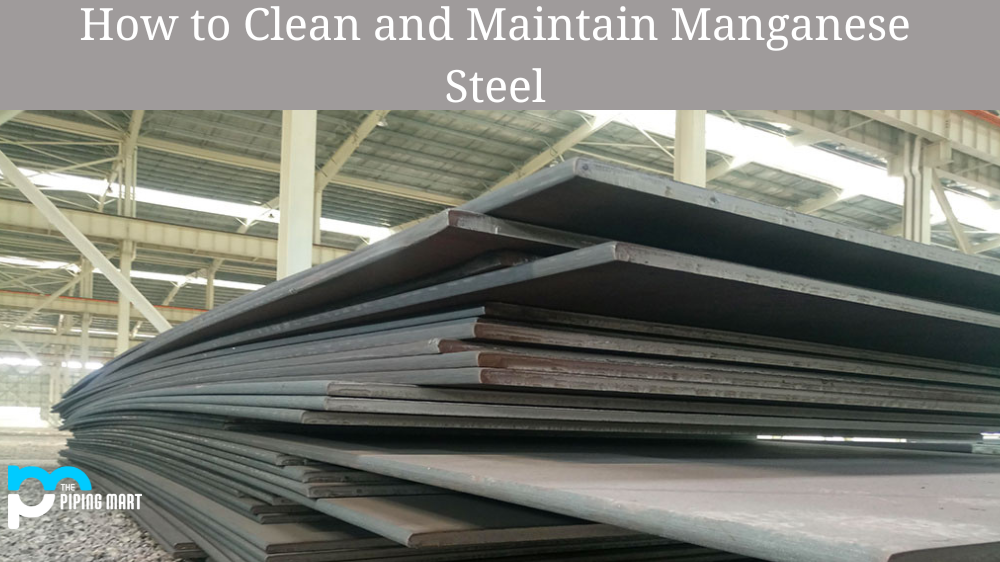When selecting the right steel grade, it’s essential to thoroughly understand its properties, strengths, and applications. Two popular steel grades that often get compared are AISI 1008 and 1018. Both of these grades are rich in carbon and suitable for various applications. This blog post will dive deep into these grades’ properties, applications, and differences to help you pick the right one for your needs.
Difference Between AISI 1008 and 1018
AISI 1008 and 1018 are both low-carbon steels that are used in a variety of applications. These steels are typically used in automotive parts, construction materials, and machine components.
Chemical Composition
The chemical composition of AISI 1008 is 0.10% carbon, 0.30% manganese, 0.50% copper, and 0.040% sulfur. The chemical composition of AISI 1018 is 0.14-0.20% carbon, 0.60-0.90% manganese, 0.04% maximum phosphorus, and 0.05% maximum sulfur.
Properties
AISI 1008 is a low-carbon, mild steel grade with a carbon content of 0.10%. It is typically available in cold-rolled steel sheets and strips. It has excellent weldability but poor malleability and bendability. AISI 1018, on the other hand, is a medium carbon steel grade with a carbon content of 0.18%. It is available in hot and cold-rolled steel sheets and possesses excellent weldability, formability, and machinability.
Applications
AISI 1008 is commonly used for stamping, forming, and shallow drawing operations. It is often used to manufacture automotive parts, office equipment, and household appliances. AISI 1018 is suitable for various applications, including gears, shafts, pins, bolts, and studs. It is also used for manufacturing parts that require high strength, flexibility, and toughness.
Strength and Toughness
AISI 1008 has relatively low strength and toughness compared to AISI 1018. Thus, it’s not suitable for applications where high mechanical properties are necessary. AISI 1018, on the other hand, has higher strength and toughness than AISI 1008. This feature makes it an ideal choice for critical applications that require high mechanical properties.
Machinability
Both AISI 1008 and 1018 are known for their excellent machinability. As a result, they are widely used in industries that require high-precision products. However, AISI 1018 has better machinability than AISI 1008. It can be easily drilled, turned, and milled, making it a popular choice for manufacturing complex parts.
Cost
Cost is an essential factor to consider when selecting a grade of steel. AISI 1008 is less expensive than AISI 1018. Therefore, if the application does not require high mechanical properties, using AISI 1008 will save you money.
Thermal Properties
The thermal properties of AISI 1008 include a melting point range of 1450-1510°C (2600-2750°F). The thermal properties of AISI 1018 include a melting point range of 1450-1510°C (2600-2750°F).
Conclusion:
In summary, AISI 1008 and 1018 sheets of steel are famous for various applications. While these grades have similar characteristics, they differ in their properties, applications, strength, machinability, and cost. Selecting the right grade depends on the specific application’s requirements. If you need help deciding which grade to use, consulting a steel supplier with expertise in the industry can help you make an informed decision.

Abhishek is a seasoned blogger and industry expert, sharing his insights and knowledge on various topics. With his research, Abhishek offers valuable insights and tips for professionals and enthusiasts. Follow him for expert advice on the latest trends and developments in the metal industry.




